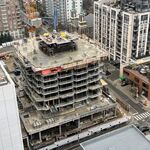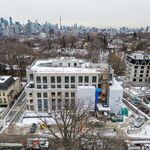ShonTron
Moderator
Member Bio
- Joined
- Apr 24, 2007
- Messages
- 12,596
- Reaction score
- 9,684
- Location
- Ward 13 - Toronto Centre
Here’s what Ontario’s Highway system looked like in 1920. Expansion of this very basic network didn’t really start to happen until 1928-1929.

 seanmarshall.ca
seanmarshall.ca


One hundred years of Ontario’s provincial highways
On February 26, 1920, Ontario’s provincial highway network was born. That year, 16 highways were established across southern Ontario, between the Ottawa and Detroit Rivers. These highways, pr…
 seanmarshall.ca
seanmarshall.ca

















